Greggs has revealed a new strategy for growth that includes opening up to 150 new stores this year, but has ruled out a move into home deliveries.
The food-to-go giant today (28 February) announced a refreshed four-pillar strategy to continue expansion of the business, which saw sales rise 7% to £894.2m Pre-tax profit (including exceptional items) grew by 2.9% to £75.1m.
Greggs’ bakery staff learned last month that hundreds of jobs were at risk as a result of a major shake-up of its manufacturing and distribution structure, which includes the closure of its Norwich bakery, conversion of its Birmingham bakery into a distribution centre and restructuring its sites in Treforest, Wales, and Cambuslang, near Glasgow.
The activity is the next phase of a £100m investment in Greggs’ supply chain that included the previously announced closure of bakeries in Twickenham, Edinburgh and Sleaford and the opening of a new distribution centre in Enfield last year.
Announcing the company’s preliminary results, for the 52 weeks ended 31 December, Greggs chairman Ian Durant said Greggs had to ensure all aspects of the business “support our purpose and strategy”.
“This has required us to make some difficult decisions, particularly regarding the organisation of our manufacturing and logistics operations, which the board has considered carefully,” he added.
“We have highlighted the changes necessary to support the ongoing strategic realignment of the business, including the major investment programme under way to grow our supply chain. This will involve some difficult changes for some of our colleagues, but is essential to support the long-term competitiveness of the business.”
His words were echoed by chief executive Roger Whiteside, who described the food-to-go market as “highly competitive and fast moving”, adding the UK consumer outlook was more challenging than in recent years due to industry-wide pressures on commodities and labour costs.
But he added that growing consumer disposable income had supported demand for food-to-go despite uncertainty in the economic outlook.
Whiteside said customer footfall remained “challenging” in some shopping locations, which supported Greggs’ strategy of reducing dependence on general shopping activity in favour of alternative locations.
Having transformed from a bakery business to a food-to-go business, it was time to set out a new strategy for the future, added Whiteside.
“We have refreshed our plan to reinforce our commitment to putting the customer at the heart of our strategy.”
The new strategy comprises four pillars: great-tasting freshly prepared food; best customer experience; competitive supply chain; and first-class support teams. Whitehouse explained how the pillars would drive the business:
‘Great-tasting freshly prepared food’
He said breakfast continued to be the fastest growing part of Greggs’ trading day. This was driven by customers travelling, and lessened the company’s dependence on general shopping footfall. He added that investment in additional coffee machines was speeding up service, and that the company was extending its coffee range.
Demand for healthier choices in food-on-the-go was continuing to grow, with the Greggs Balanced Choice range, offering fewer than 400 calories an item, accounting for more than 10% of total sales.
Hot food was another area of growing demand, and Whiteside said the business was investing in speeding up service and the product range – extended last year to include burritos. Hot soup had been another source of growth, he said.
Greggs has a strong pipeline of new product developments planned for 2017, he added.
‘Best customer experience’
Extended opening hours, particularly early in the morning and on Sundays, were meeting increased demand for food-on-the-go, said Whiteside, while the investment in coffee machines, hot food ovens and new systems were contributing to speed of service.
Data capture from the Greggs Rewards customer loyalty scheme was now at a level that enabled the company to analyse behaviour and develop targeted marketing campaigns.
“We have recently appointed our first customer director with experience in digital multi-channel marketing who will lead development of our capabilities in this area,” said Whiteside.
Greggs is currently trialling a workplace food delivery service, which it said was a channel with growth potential - but Whiteside ruled out home deliveries.
“Whilst we do not see an opportunity in home delivery, we do believe that a smartphone-based order and collect service for customers offers a future opportunity,” he said. “Building experience with customer delivery will enable us to develop this channel, with the initial aim of converting our existing lunchtime platter business to a digital platform.”
Greggs grew its estate to 1,764 shops trading as at 31 December 2016, completing 208 shop refurbishments to have 92% of the shop estate now operating in a food-on-the-go format.
In the year ahead, Greggs plans to refurbish another 200 shops, as well as open between 140 and 150 shops and close 40 to 50 shops.
“We will continue to relocate shops to rebalance our estate, increasing our presence in travel, leisure and work-centred catchments,” said Whiteside.
‘Competitive supply chain’
In 2016 Greggs opened a new distribution centre in Enfield and closed its Twickenham and Sleaford bakeries. Good progress was being made with the extension of the company’s bakery in Glasgow, which would enable Greggs to close its Edinburgh Bakery in the second quarter of 2017.
“Alongside this work we have undertaken detailed planning for the subsequent investment phase across our remaining bakery sites,” said Whiteside. “In January 2017 we communicated our proposals to staff at each of our sites, including the planned impact of consolidating our manufacturing operations. Overall, our expansion plans will create thousands of new roles in retail and distribution operations, but will result in fewer roles in manufacturing. “
Describing this as a complicated investment phase, Whiteside said transforming the use of space and equipment in the bakery network would take two years to implement.
“This new supply chain platform will substantially improve product quality, our competitiveness and, alongside system investment, complete our transformation from traditional bakery to food-on-the-go,” he added. “This is our largest-ever investment in our supply chain.”
‘First-class support teams’
Last year, Greggs deployed SAP Finance as its core platform for integrated system development, and piloted central forecasting and replenishment in shops.
Whiteside said central forecasting and replenishment would replace shop-based ordering in 2017 and would be the company’s largest-ever new system roll-out.
The next phase of systems development would be centralising logistics and manufacturing to replace Greggs’ current devolved local bakery operations. The company aims to launch pilots for logistics and manufacturing by this year, with roll-out to other sites in 2018.
Outlook for 2017
Whiteside said 2017 had started in line with expectations, with company-managed shop like-for-like sales up 2% year on year in the eight weeks to 25 February and total sales up 5.8%.
“2017 will be another busy year of change as we continue to progress our investment in better systems and the transformation and development of our supply chain,” he added. “Over the medium term we are confident of making further progress as we implement our plan to grow Greggs as a contemporary food-on-the-go brand.”


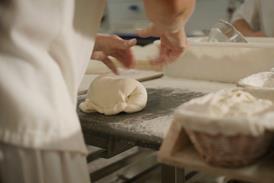



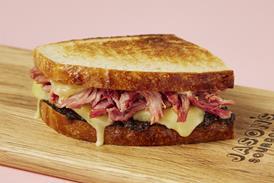

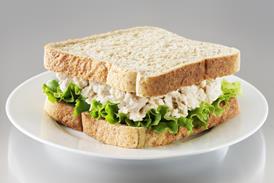



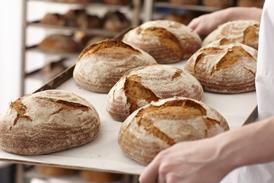
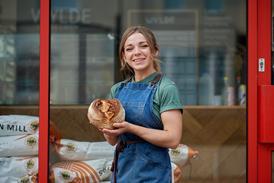

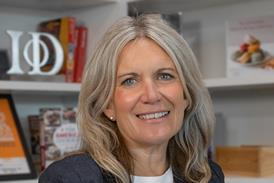



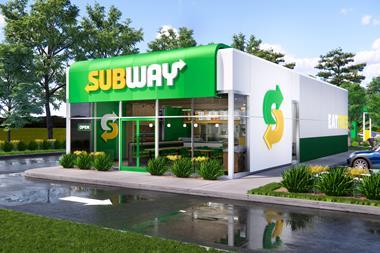
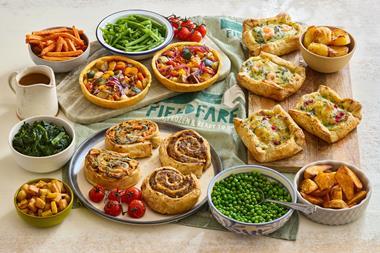
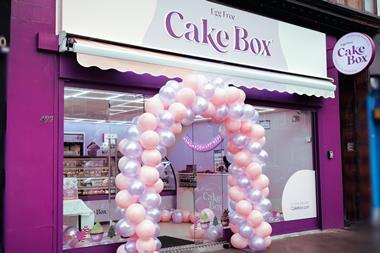
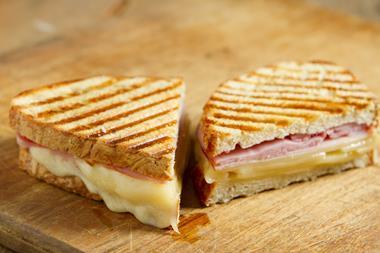

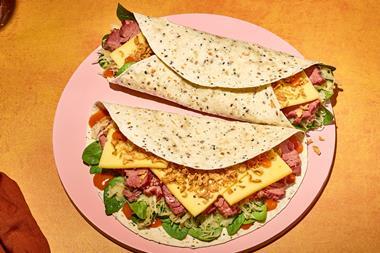
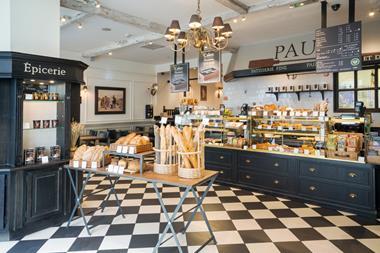
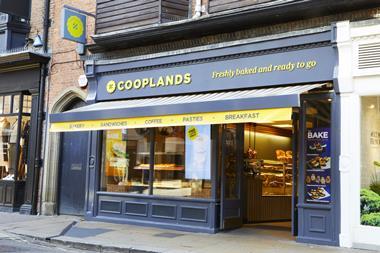
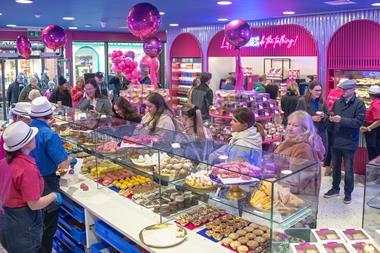

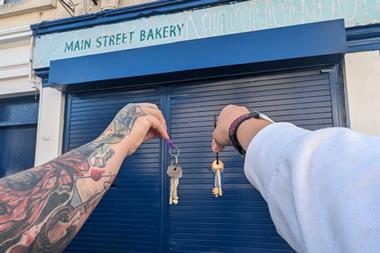
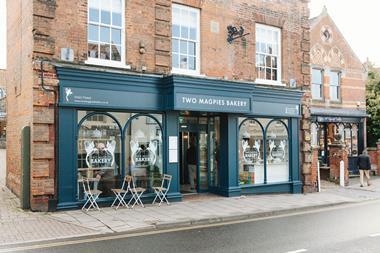

No comments yet